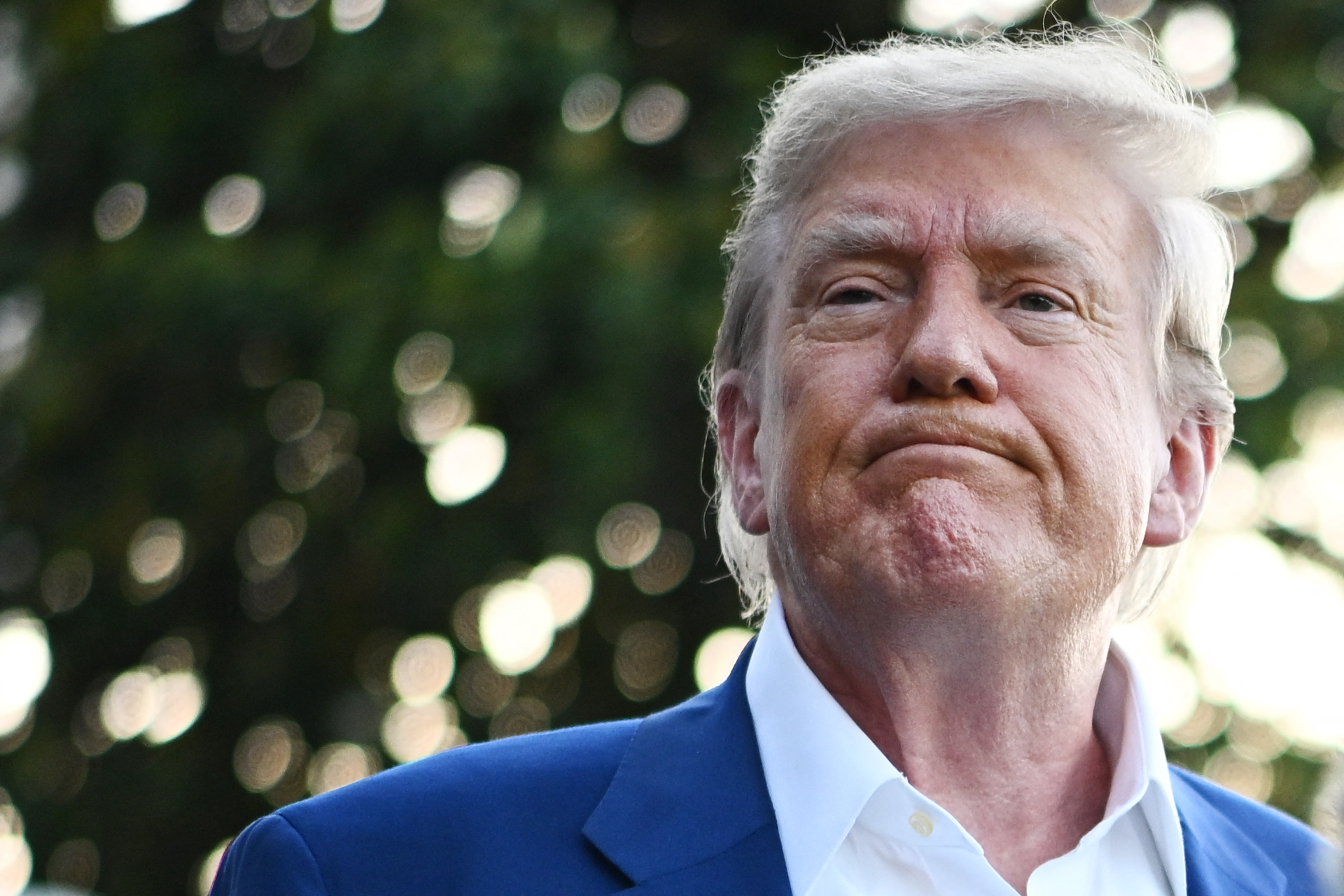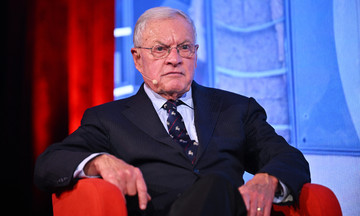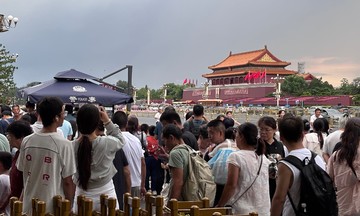"If it was going to happen, it would have happened by now, but no, I don't want that. I want to see things calm down as quickly as possible. Regime change would cause chaos; ideally, this scenario doesn't happen. So, let's see how things unfold," President Donald Trump told reporters aboard Air Force One on 24/6.
Last weekend, the US president posted on social media that "if the current administration in Iran can't make Iran great again, why not change? Although the phrase 'regime change' is considered politically sensitive".
Trump's post followed a US airstrike on three Iranian nuclear facilities on 22/6. The US vice president and secretary of state affirmed that the US's goal is not regime change in Iran, although Israel, a close US ally in the Middle East, has publicly mentioned the possibility of assassinating Iranian leader Ali Khamenei.
The White House explained that Trump's post "simply raised a question," and the US president remains interested in seeking a diplomatic solution.
 |
US President Donald Trump at the White House, 24/6. Photo: AFP |
US President Donald Trump at the White House, 24/6. Photo: AFP
The Israel-Iran conflict erupted on 13/6 when Israel launched preemptive airstrikes. Tehran retaliated, and the two sides continuously attacked each other. The 12 days of fighting left 606 dead and more than 5,300 injured in Iran; 28 dead and more than 2,500 injured in Israel.
After the US attacked three Iranian nuclear facilities and Tehran launched a restrained retaliatory strike, President Trump announced that the parties had reached a ceasefire agreement, effective from 24/6. Israel and Iran both accused each other of violating the agreement, angering Trump. However, the US president later expressed confidence that the ceasefire would hold.
Duc Trung (According to AFP, Washington Post)












